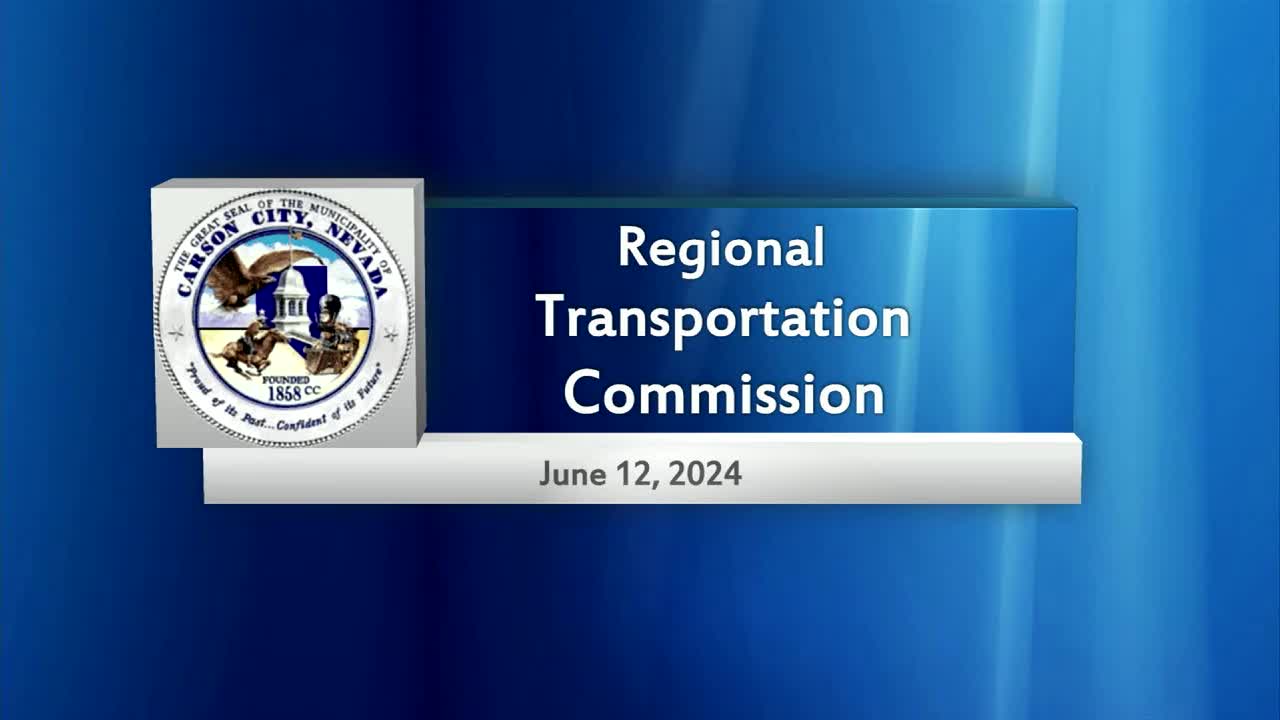Community demands transparency on road repair funding crisis
June 12, 2024 | Carson City, Ormsby County, Nevada

This article was created by AI summarizing key points discussed. AI makes mistakes, so for full details and context, please refer to the video of the full meeting. Please report any errors so we can fix them. Report an error »

The Regional Transportation Commission (RTC) convened recently to address pressing issues surrounding local road maintenance and infrastructure funding. During the meeting, public comments highlighted significant concerns regarding the transparency of the estimated $25 million annual cost for road repairs, as raised by resident Mark Costa. He emphasized the need for clarity on how this figure is calculated, including the software and algorithms used, and expressed frustration over a projected $21 million annual deficit without a comprehensive solution in sight.
Costa urged the RTC to schedule a summer workshop to discuss these issues further, noting that no such meeting has been scheduled yet. The commission acknowledged the importance of addressing these concerns and indicated that a workshop is targeted for August 14, 2024, where they will review public input and discuss funding shortfalls.
The meeting also included a discussion on potential transportation infrastructure projects for fiscal year 2025, with a focus on performance district 2. The commission outlined a data-driven prioritization process for road maintenance, which includes assessing road conditions and categorizing them based on their need for preservation, rehabilitation, or reconstruction. The process aims to maximize the effectiveness of available funding while addressing the most critical road conditions.
Commission members discussed the importance of transparency and public engagement in the planning process, with plans to release detailed information about the pavement management software and its calculations ahead of the August meeting. They also considered the implications of upcoming ballot initiatives that could impact funding for road maintenance.
Overall, the RTC is working towards a more transparent and effective approach to managing local road maintenance, with a commitment to addressing public concerns and ensuring that funding is allocated efficiently. The discussions reflect a growing recognition of the need for comprehensive planning and community involvement in transportation infrastructure decisions.
Costa urged the RTC to schedule a summer workshop to discuss these issues further, noting that no such meeting has been scheduled yet. The commission acknowledged the importance of addressing these concerns and indicated that a workshop is targeted for August 14, 2024, where they will review public input and discuss funding shortfalls.
The meeting also included a discussion on potential transportation infrastructure projects for fiscal year 2025, with a focus on performance district 2. The commission outlined a data-driven prioritization process for road maintenance, which includes assessing road conditions and categorizing them based on their need for preservation, rehabilitation, or reconstruction. The process aims to maximize the effectiveness of available funding while addressing the most critical road conditions.
Commission members discussed the importance of transparency and public engagement in the planning process, with plans to release detailed information about the pavement management software and its calculations ahead of the August meeting. They also considered the implications of upcoming ballot initiatives that could impact funding for road maintenance.
Overall, the RTC is working towards a more transparent and effective approach to managing local road maintenance, with a commitment to addressing public concerns and ensuring that funding is allocated efficiently. The discussions reflect a growing recognition of the need for comprehensive planning and community involvement in transportation infrastructure decisions.
View full meeting
This article is based on a recent meeting—watch the full video and explore the complete transcript for deeper insights into the discussion.
View full meeting